Bullmastiff vs French Mastiff: Comparing Mastiff Breeds
The Bullmastiff and the French Mastiff are two unique breeds that interest many dog lovers worldwide. With their similar characteristics especially on physical features, it could be challenging to arrive at a decision. After all, the Bullmastiff is considered the forerunner of the French Mastiff, so they aren’t that far from each other in the family tree.
Despite their common heritage, there are differences this article will point out for your benefit. Check these out before you drive your way to your nearest local shelter!
Table of Contents
Breed Origins
Bullmastiff
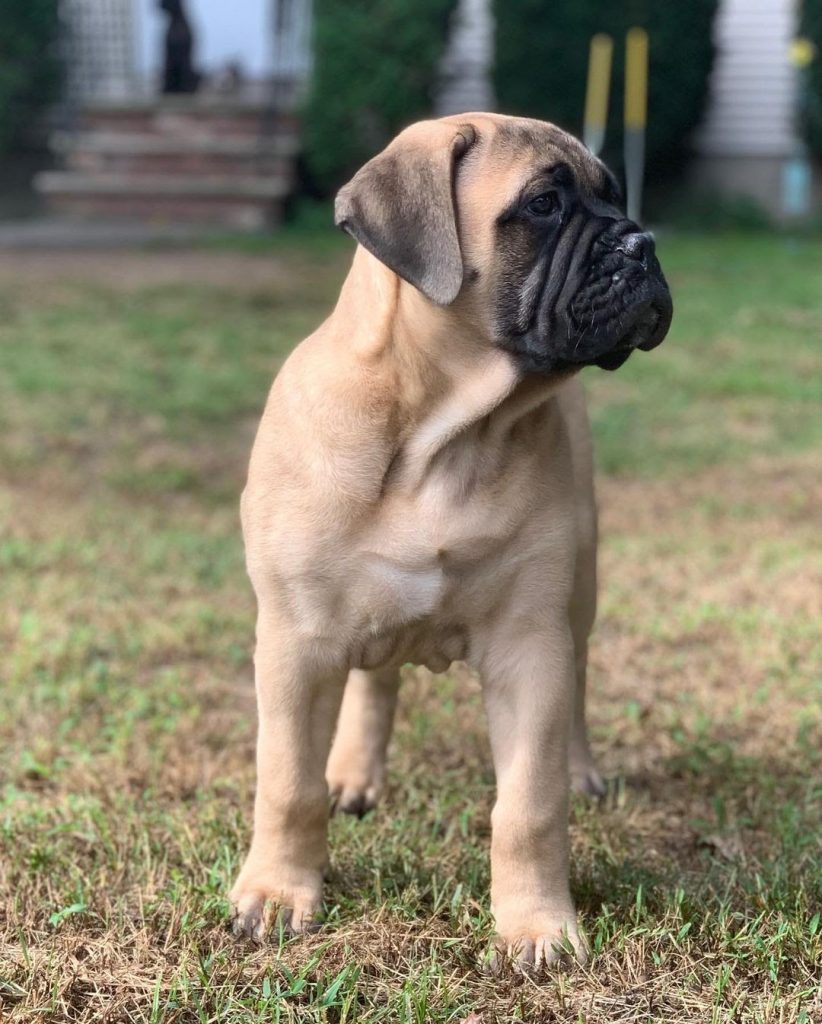

The creation of the Bullmastiff manifested mankind’s excellence in solving problems by making dogs work. This canine is mainly 60% Mastiff and the rest is credited to its Bulldog ancestry, specifically the one that existed during the 19th century. Bulldogs from this time are far different from the ones we know of today particularly in looks.
The Bullmastiff’s history began when wealthy landowners started to have a growing concern about poaching in their private properties. Poaching was a criminal offense and gamekeepers are tasked to catch those who do this. Trespassers would rather kill these gamekeepers than being hanged by the state.
This prompted the breeding of the Bullmastiff. A truly dependable dog who’s large and ferocious enough to protect or attack when necessary. When poaching eventually became old-fashioned, this dog became a popular choice as a household companion for thousands of families worldwide.
French Mastiff
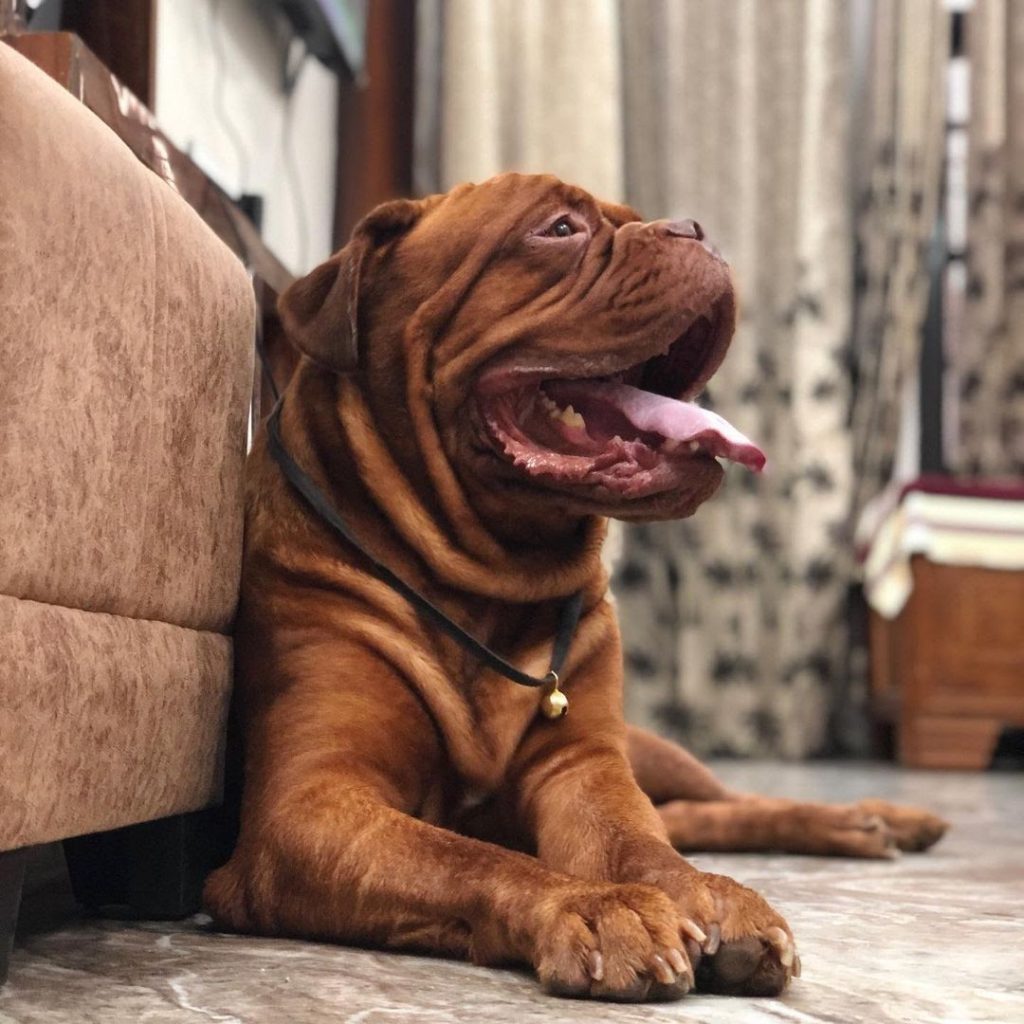

Also known as the Dogue de Bordeaux of France, the French Mastiff is believed to have existed for many centuries already. Many claim that the Dogue is part of the Bullmastiff’s history or that both dogs emerged at the same time. Others suggest that he’s closely related to the Tibetan Mastiff and that he has a link to the genetic pool of the Greek Molossus.
Whatever the exact nature of origin this dog has, one thing is obvious: he was widely used as a gladiator and a fighter during the old times. He also served as an elite hunter during the 12th century and some eventually turned into guardians of flocks.
Before, French Mastiffs could be commonly seen in wealthy homes. During the 1960s, his fame grew dramatically due to his further developments until he got recognized by the American Kennel Club as an official breed in 2007.
Size, Appearance, & Coloring
Bullmastiff
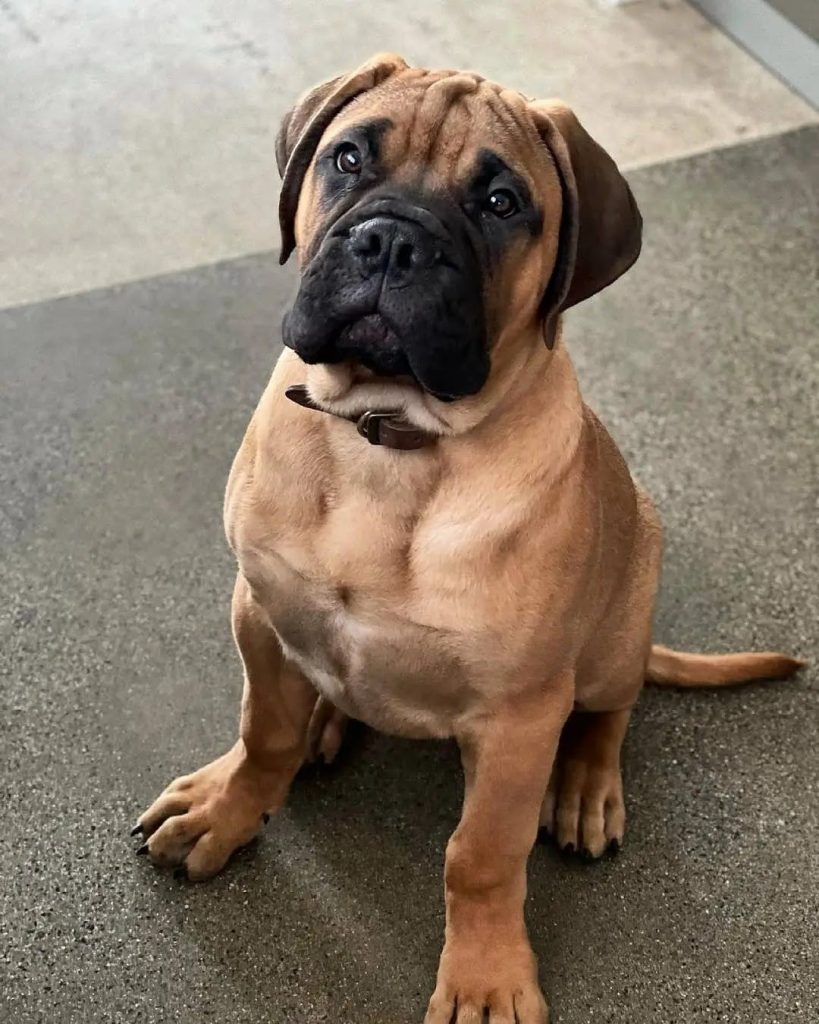

The size of the Bullmastiff largely comes from his Mastiff parent. He is massive, powerful, yet not a complicated breed. The ideal height for this breed is around 24-27 inches and must weigh about 100-130 pounds. Anything that exceeds that is considered faulty.
Generally, he is well-proportioned with shoulders and a chest that is muscular making him have this imposing look. He has a moderately short muzzle that is darker than the rest of his body, a powerful jaw, and eyes that are only available in hazel. His ears are v-shaped and dropped on the sides of his large head. The tail is either straight or curved and it reaches the hocks. His coat is slightly coarse and he can be seen in three shades namely fawn, red, and brindle.
French Mastiff
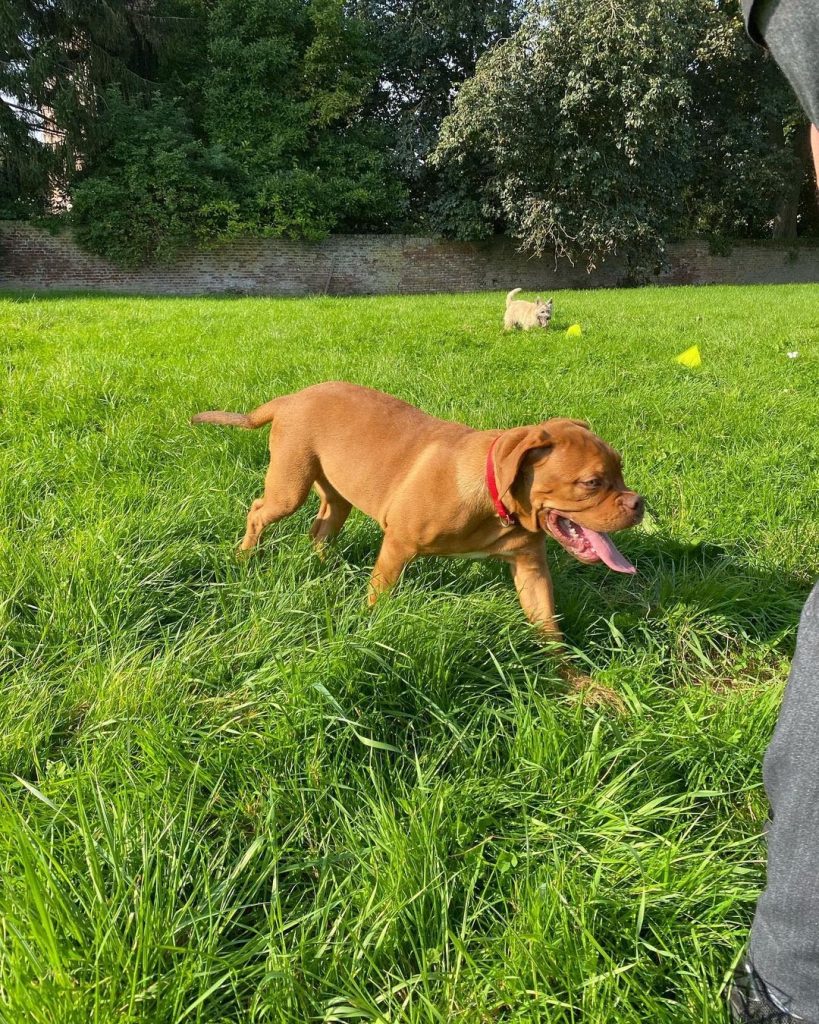

The Dogue is commonly fawn, mahogany, or in various shades of red. His build earned him a reputation as one of France’s strongest dog breeds. His proportions are balanced and nothing is too extreme in his appearance. Ideally, he must be 23-27 inches and weigh around 99 to over 110 pounds.
He has a large head and v-shaped ears that drop gracefully on the sides of his face. He has a stocky and sturdy build with a few folds of skin mainly showing around his neck and angular-shaped face. His muzzle may be short, but his bite can be excruciating. The chest is broad and muscular and his body is well-streamlined. The impressive look is completed by his tapered tail.
Temperament
Bullmastiff
The Bullmastiff can be boisterous inside the house. Being a large breed, this dog will have longer puppy years making him mature quite later than other smaller breeds. During his early years, training and socialization are vital. If he grows up untaught, severe aggression problems toward other dogs and strangers will manifest.
He is extremely territorial and intolerant of those who trespass on the property he’s meant to protect. With his background as the “Gamekeeper’s Night Dog”, he will quietly stalk the stranger and pounce right at him when he least expects it. Typically, he’ll get hold of him until his owner shows up to deal with the uninvited guest.
French Mastiff
French Mastiffs are expected to show composure most of the time. Although he can be a great guard dog, he seems to possess a lower level of aggression compared to other dog breeds. With the right amount of socialization, the Dogue won’t have difficulties in making friends with other pets.
If ever, your kids want to play with him, make sure someone is there to monitor their activity to avoid mishaps. Nevertheless, this canine is not loud and careless, but rather gentle, kind, and loving. He has to be taught firmly and would need a figure who knows exactly how to deal with the said breed.
Due to his tendency to show stubbornness, the French Mastiff is not suitable for first-time owners. If his need, especially when it comes to training, is unmet, he could develop problematic behaviors that can be hard to break.
Exercise Needs
Bullmastiff
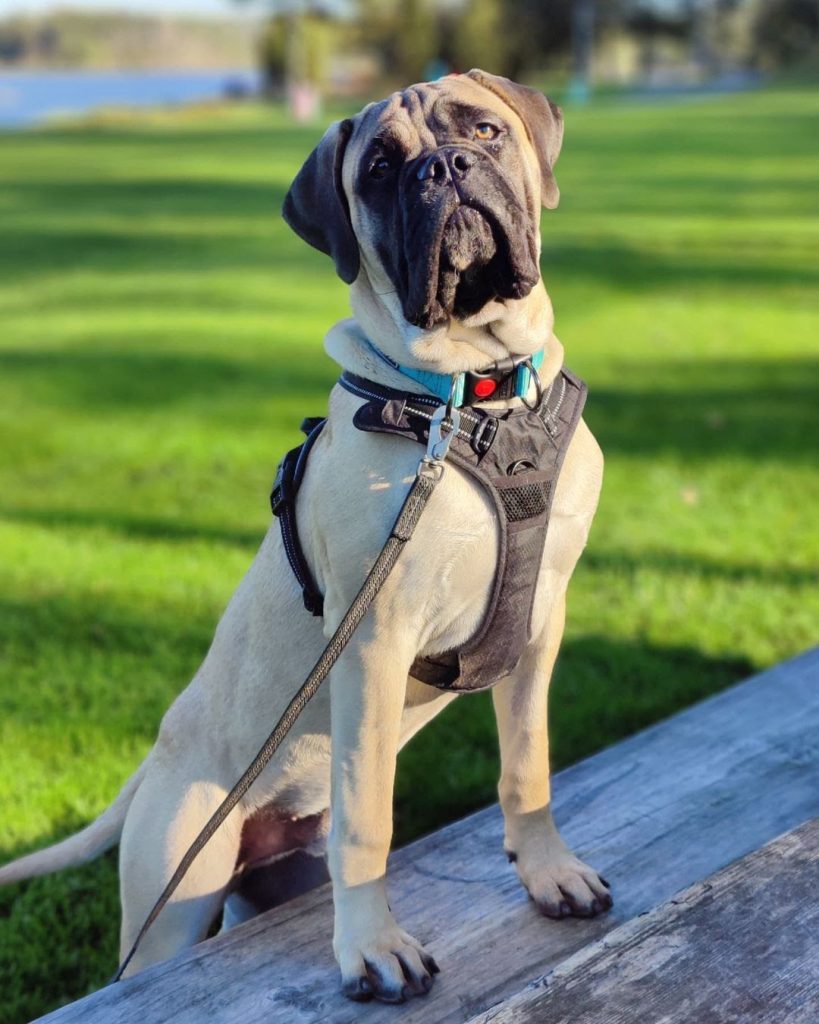

Bullmastiff puppies don’t need to be exercised for too long to prevent them from developing issues with their bones and joints. Adults, however, need an adequate amount of it to keep themselves from becoming obese. This dog would need around 2 hours of steaming off either by bringing him out for a walk or by letting him play off-leash in a fenced area.
Be mindful of the weather. If it’s hot or humid, your dog needs to be under the shade to avoid overheating.
French Mastiff
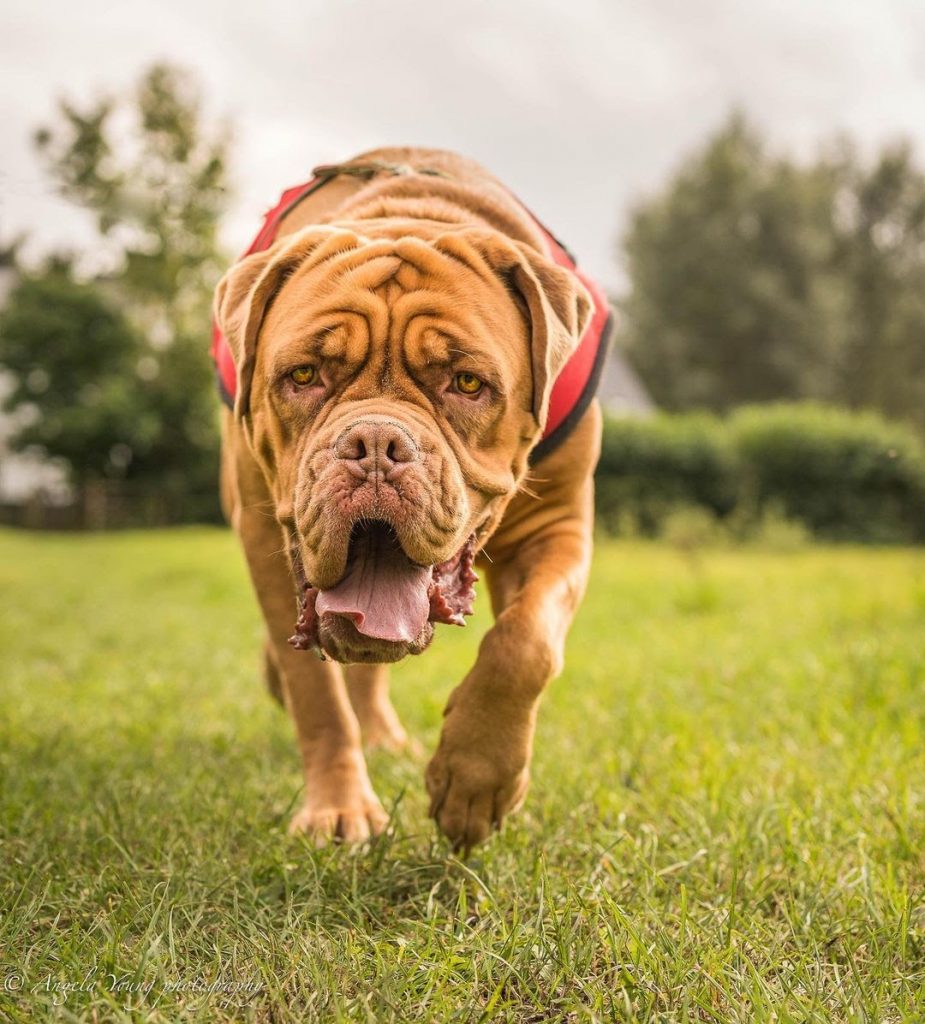

The French Mastiff tends to be quite inactive when kept indoors, but this shouldn’t make you think that he’ll do well by being immobile. Bring him out daily for a peaceful walk or a backyard playtime for at least an hour. Just make sure that he’s protected from the sun to avoid overheating which could eventually lead to heatstroke.
If ever he’s sweating off outside, provide him free access to water to quench his thirst and sustain his vigor.
Grooming Requirements
Bullmastiff
Wet or cold temperatures can be easily withstood by the Bullmastiff thanks to his short but dense coat. He barely sheds, yet regular brushing remains important to keep his hygiene top-notch. Those who suffer from dog allergies shouldn’t compromise despite the low shedding rate since letting go of loose hairs is a continuous process. When doing his routine maintenance, check his ears, nails, and teeth weekly to assess if you’d need to bring him to the vet.
Meanwhile, baths are only needed if he rolled in the puddle or if he starts emitting dog odor.
French Mastiff
The coat type of the Dogue is an advantage for owners. He can be brushed once or several times a week, whatever works best for you. Bathing time can be between 6 to 8 weeks depending on his lifestyle. If you start hearing clicking noises while he walks, his nails would need trimming. His ears and teeth should also be properly taken care of to maintain sublime hygiene.
Health Problems
Bullmastiff
There are major concerns regarding the health of the Bullmastiff. Even though he’s generally healthy, owners should still be meticulous about their dog’s condition to guarantee them longer lifespans. Some complications include:
- Gastric torsion
- Elbow dysplasia
- Hip dysplasia
- Entropion
French Mastiff
Due to the French Mastiff’s short face and large body, he is prone to various health problems. Genetics come into play too, but some of these issues can be treated with the help of your local vet. A few possible medical issues he could acquire are:
- Bloat
- Luxating patella
- Cancer
- Cherry eye
Breed Popularity
The American Kennel Club’s breed popularity ranking currently puts the following breeds in their respective orders out of 200 dog breeds:
Bullmastiff: 51st
French Mastiff: 67th
Which Is the Better Mastiff?
Only you can decide which between the Bullmastiff and the French Mastiff is better than the other. If you resonate more with the rambunctious, yet affectionate Bullmastiff as well as the kind of appearance he has, then he might be what you’re looking for. If you prefer a calm, behaved, and less aggressive dog breed, then the French Mastiff might suit you more.
You can contemplate their unique features and traits before finally deciding. If the other breed suggests more pros than cons for you, that’s when you know you’ve discovered what breed your partner in crime is going to be.
